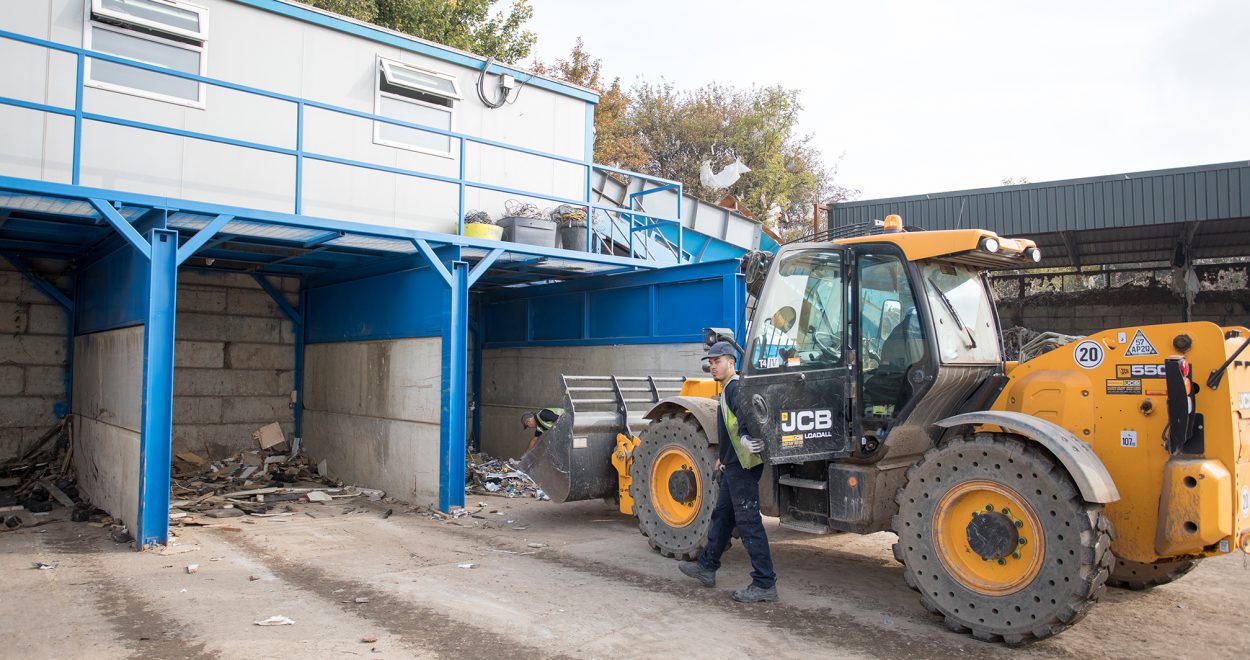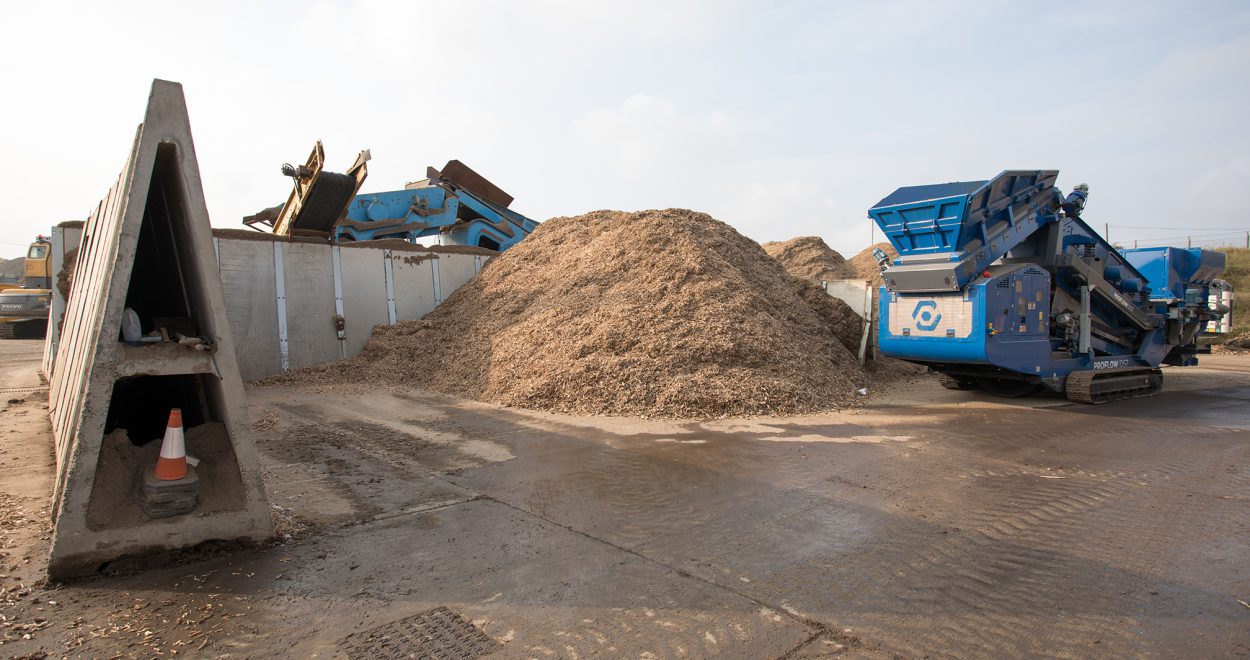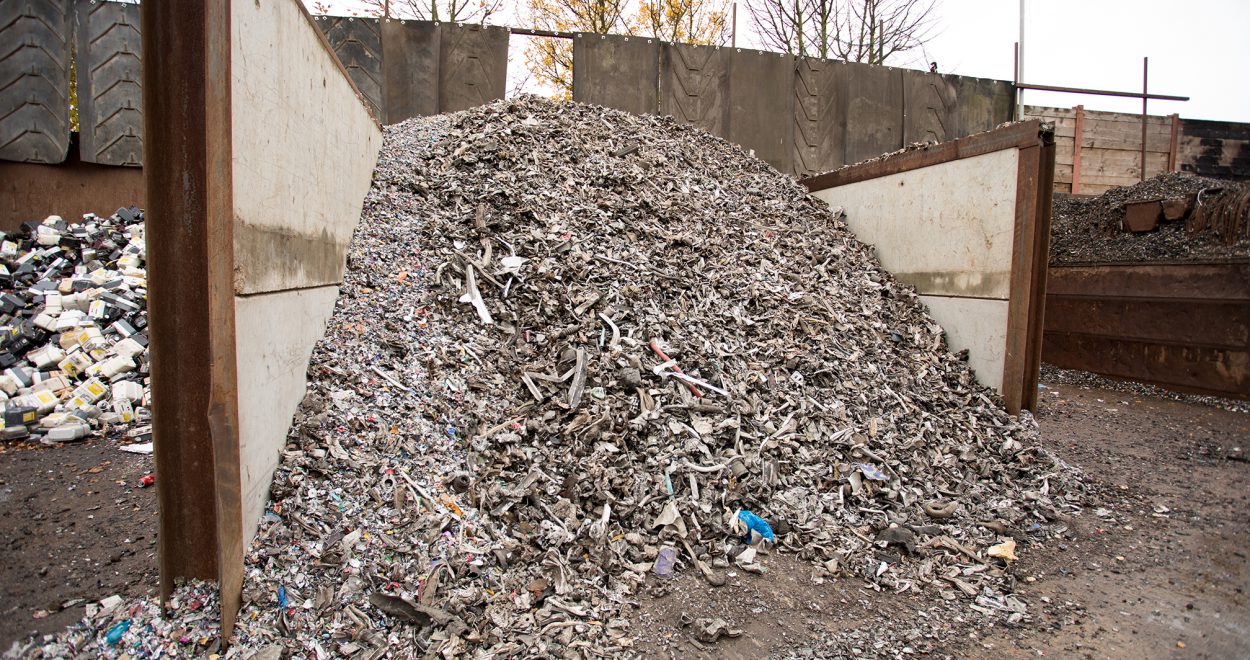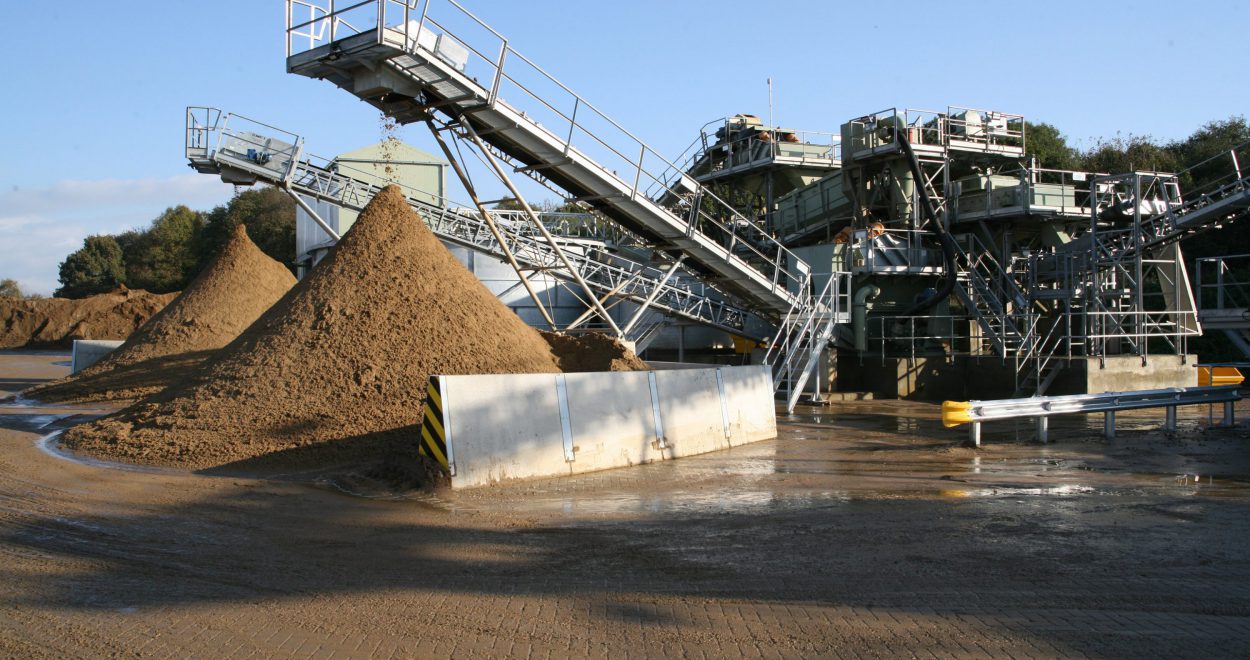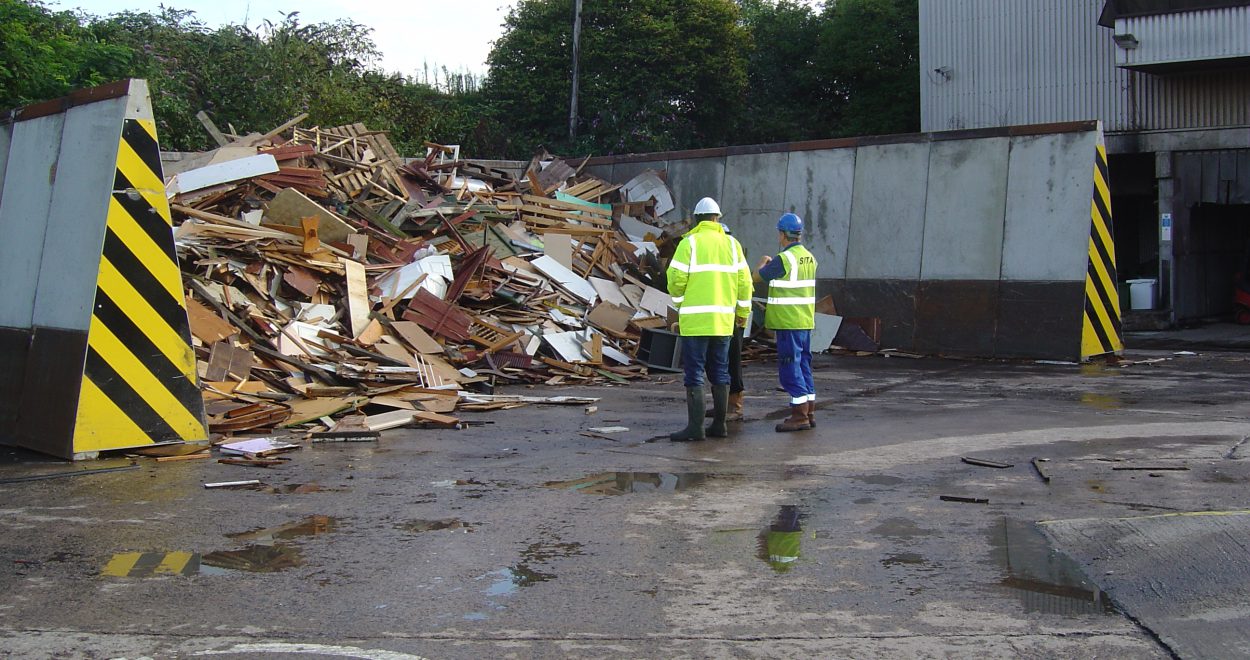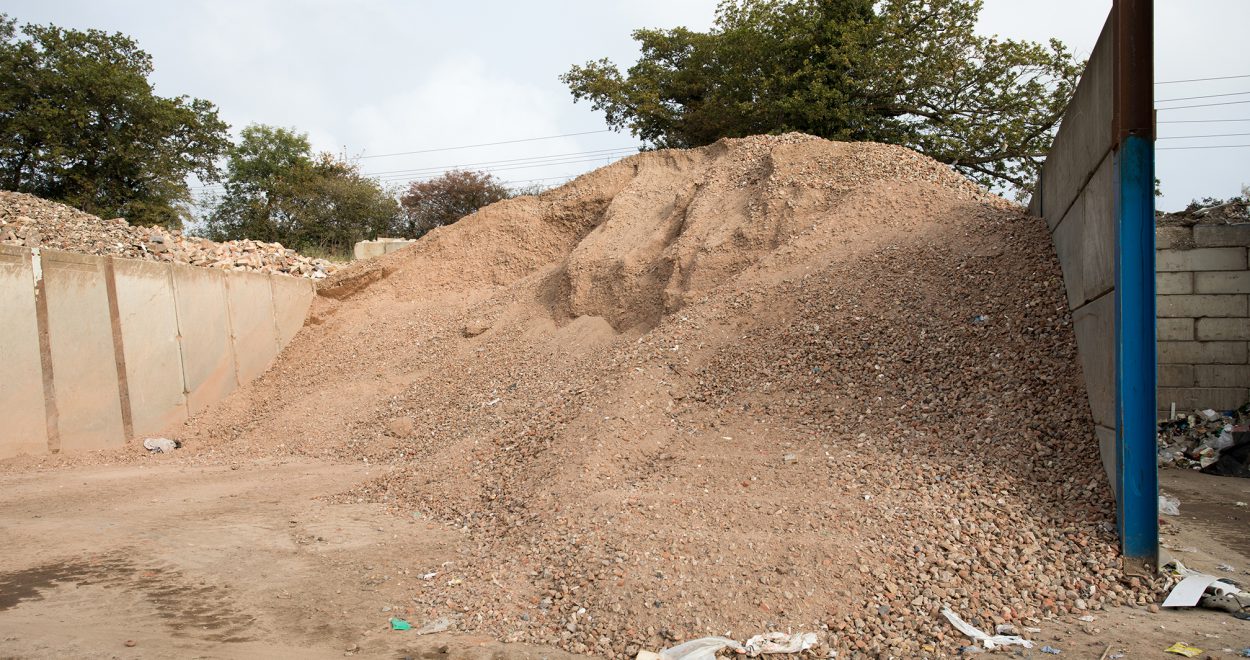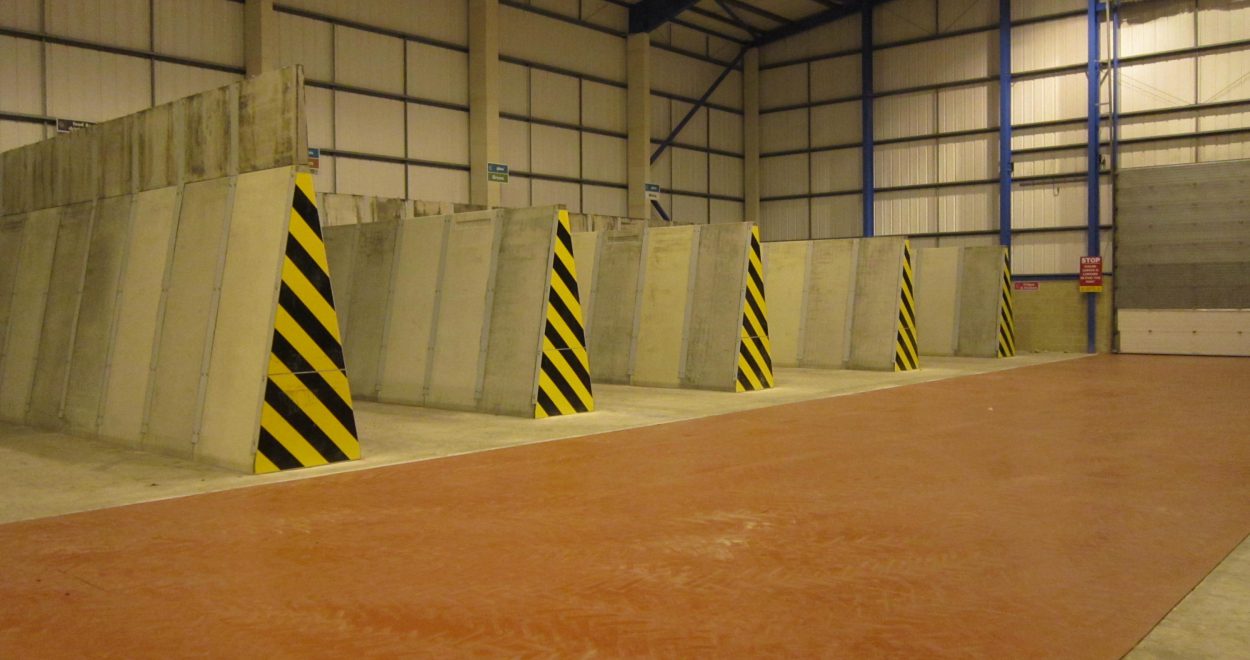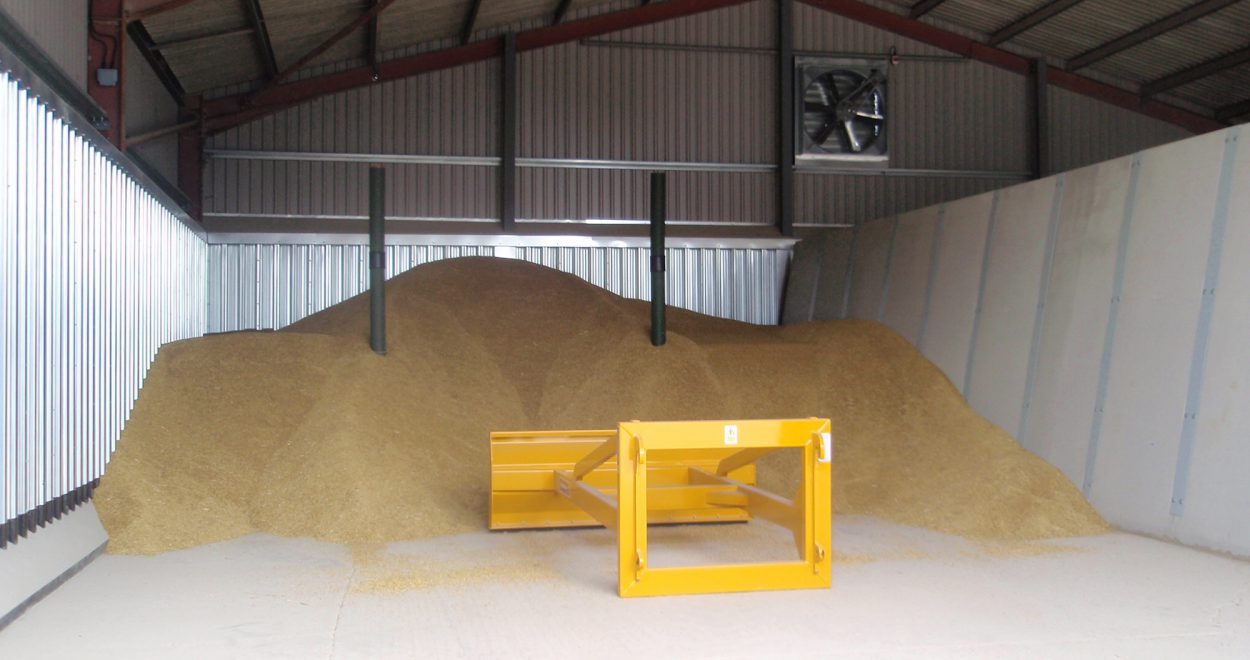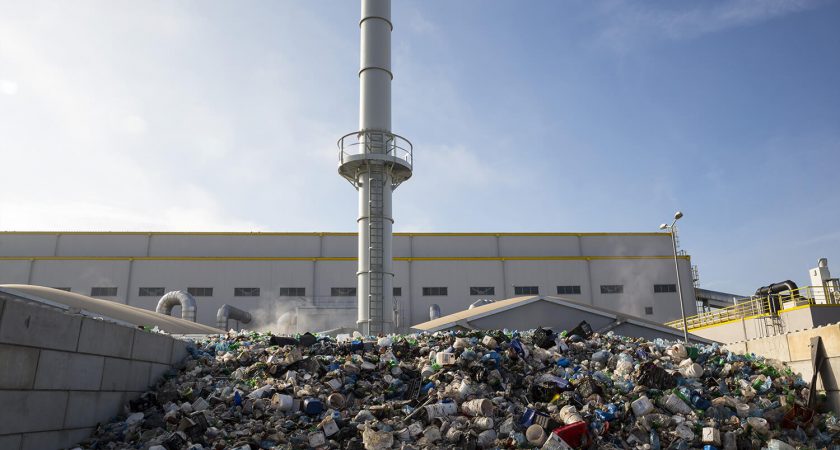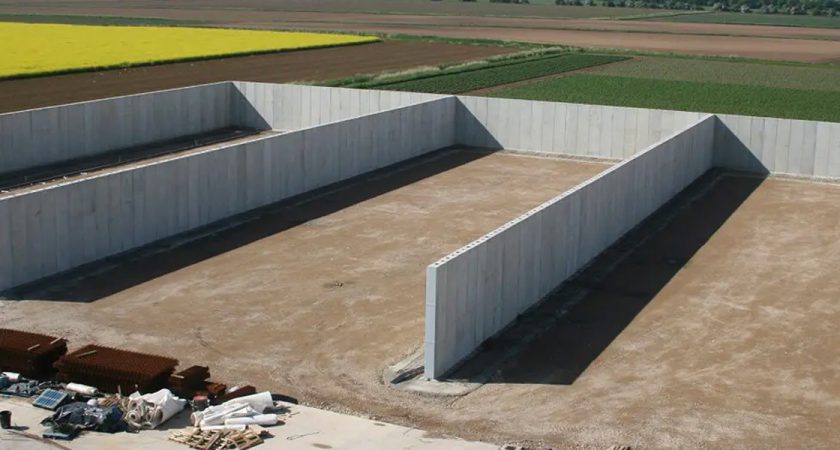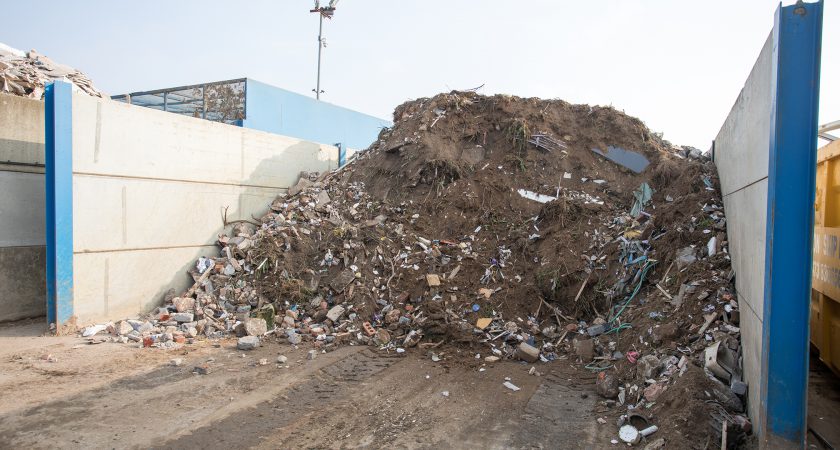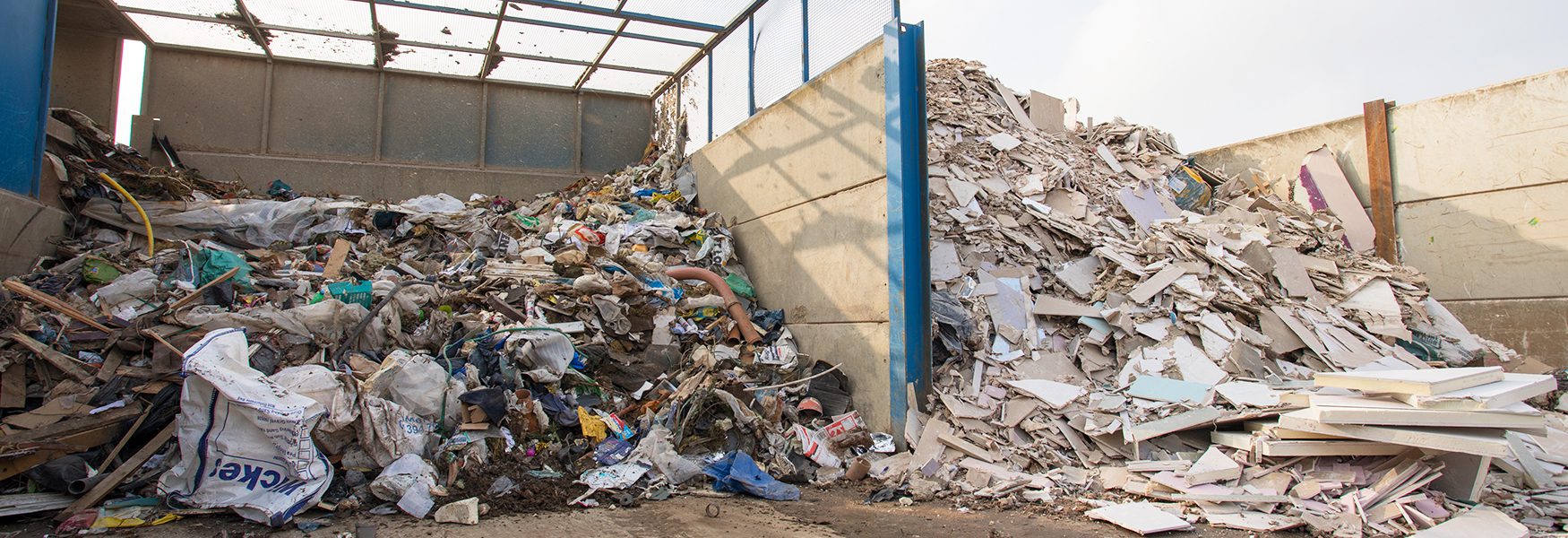
Retaining walls for the waste and recycling industry
Retaining walls are used to separate and contain waste in their bays as it moves through the plant before being further processed. They are used as containment walls and are sometimes referred to as bay walls and push walls.
Retaining or containment walls have to endure difficult conditions on a daily basis. They have to deal with the day-to-day wear and tear of materials being loaded and unloaded within a site. Often involving large, heavy equipment to do this, the equipment can itself do accidental damage to the retaining walls. Coupled with chemical attack from leachates and wastes you need a robust solution which can handle such a tough environment.
Get in touchConcrete retaining wall systems
Our concrete retaining wall systems offer the ability to have a temporary, freestanding and durable dividing or push wall to suit your waste recycling needs. With the changing requirements for storage, the ability to move your walling system to meet those needs is of significant benefit.
Alternatively, for a more permanent fixing solution we manufacture units that can be bolted down or cast in. In some cases the loading requirements dictate that the units must be ground fixed, giving you the security that the wall will withstand the pressure of loading and impact of machinery.
The risk of fire at waste and recycling plants
According to the National Fire Chiefs Council there are over 300 significant fires at waste management sites every year in the UK. When you consider that some of these fires will burn for days, that means that, on average, there is a fire being either started, being extinguished or being allowed to burn out every day of the year.
One of the reasons for this is the amount of batteries that end up in waste management plants, mixed up in general everyday rubbish. According to a report by the Environmental Services Association, almost 50% of all fires are caused by lithium batteries, costing the industry around £158 million. Batteries in vapes, mobile phones and general household appliances, which end up in the waste stream, all increase the risk factors.
Another risk area is the storage of organic matter, which can heat up as it begins to break down.
Concrete typically helps reduce the risk of fire spreading especially compared with timber sleepers and steel posts. Subject to how it’s installed, it can often be suitable as a 2-hour firewall which can give the fire service precious time in containing a fire.
Why precast retaining walls are better than in-situ containment walls
In-situ containment walls are often more expensive than precast alternatives. They take longer to construct and often involve greater wastage. If damaged, they can be more expensive to repair than simply replacing a couple of individual precast units.
Leachate can often damage the base of the wall where it connects with the base and any damage caused can be expensive to repair.
Use of high-quality concrete
Not all concrete is the same. We use a specific concrete mix design designed specifically for the tough environment it is expected to work under.
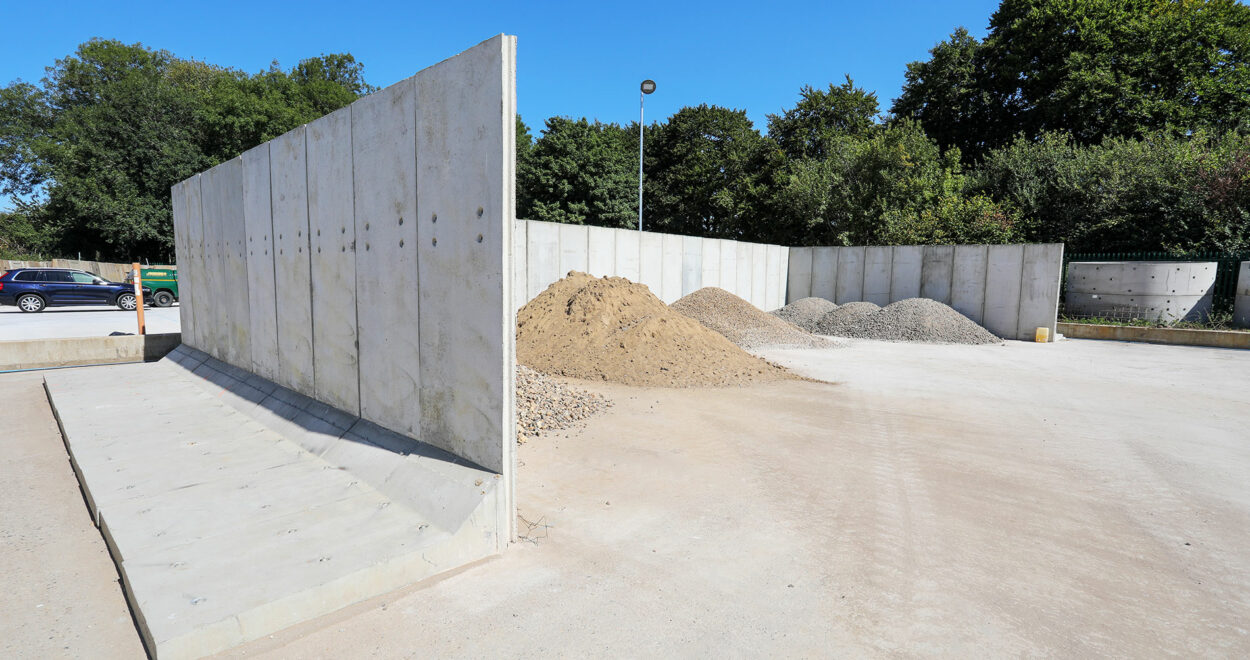
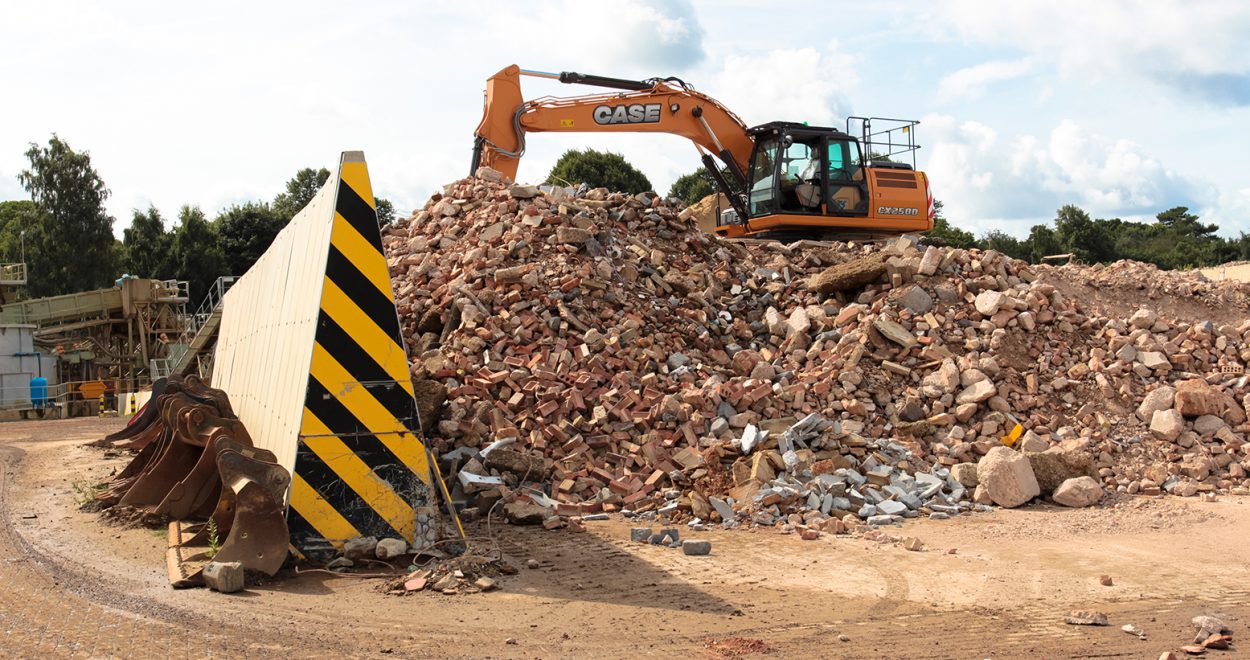
Poundfield Precast retaining wall systems
At Poundfield Precast, we offer various different retaining wall systems ranging in height from 1m to 6m, which means we will have a solution for your needs.
Due to the amount of heavy machinery being used at a waste site, there is a real risk of containment walls being knocked over or displaced when hit by operating machinery. Some of our systems can be fixed to the ground and be a permanent fixed solution (such as Shuttabloc, Alfabloc and L-bloc), while others can be used as freestanding units (Alfabloc and Betaloc) and can be easily moved and reconfigured as the waste sites needs change throughout the year. When used in this way, the walls resist horizontal loads using their own weight and also the friction between the wall and the slab below.
Alfablocs are often a popular choice as they can be fixed to the ground as well as be used freestanding, offering the best of both worlds.
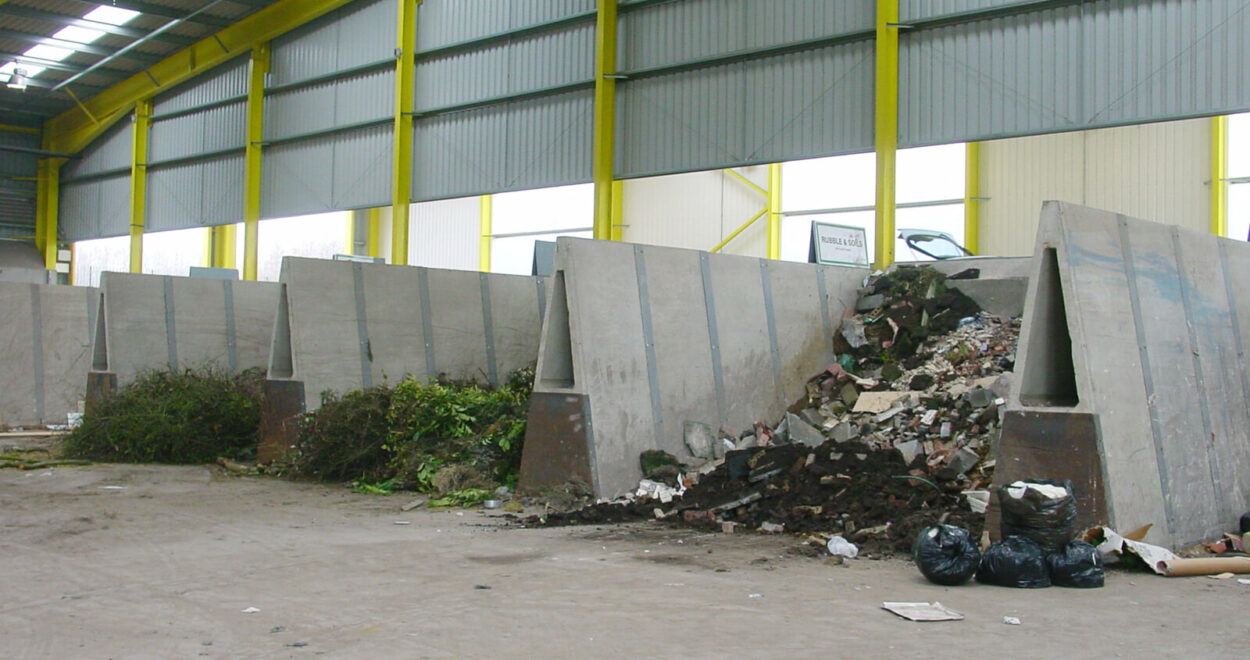
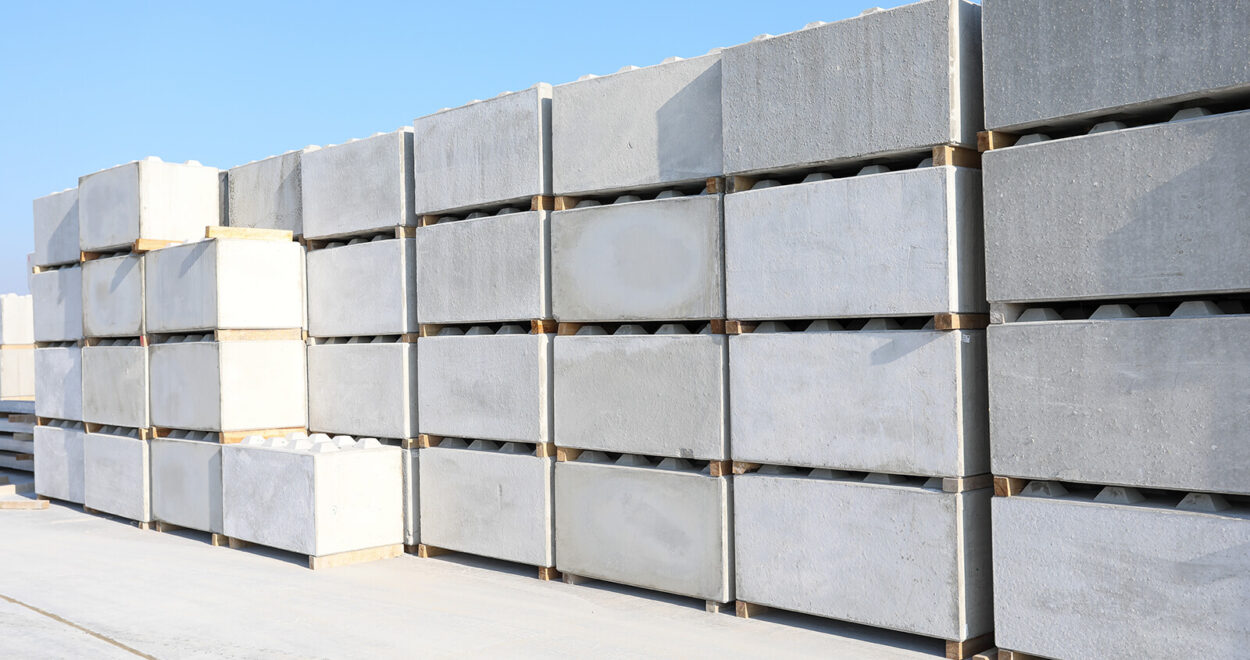
Betaloc
Betaloc interlocking concrete blocks are a popular choice in waste management, and are typically laid direct onto a concrete base. Betalocs are laid like conventional blockwork and have dry joints (i.e. no mortar is required).
Advantages of Betalocs for waste and recycling plants
- Easy to move and reconfigure
- Flexible system
- Can be added to in order to extend the length of bays
The blocks are very robust against impact loads due to the weight of each block, and they typically have a long life span because of this. If you are looking to achieve a 2-hour firewall with Betalocs, then this can be possible, providing a fire-resistant, intumescent type sealing compound is used between all of the joints.
Alfabloc
Alfablocs can be used as freestanding units as well as being bolted down to the floor. They can be loaded on one or both sides and are available in six different heights from 1.2m to 6m high.
One of the biggest advantages of the Alfabloc system is that they can be connected together using steel connecting plates which help create one solid wall. This means that any load against the wall is spread along the length of the Alfablocs rather than just on one unit, which could potentially move.
The Alfabloc system provides a heavier-duty solution to other freestanding walls, such as rocket walls, and should not be confused with them.
Advantages of Alfablocs for waste and recycling plants
- Can be used both freestanding or bolted down
- A much stronger type wall compared to other rocket shaped walls
- Can be bolted together which spreads the load against the whole length of the wall
We also offer corner units specially created to provide for the easy creation of bays.
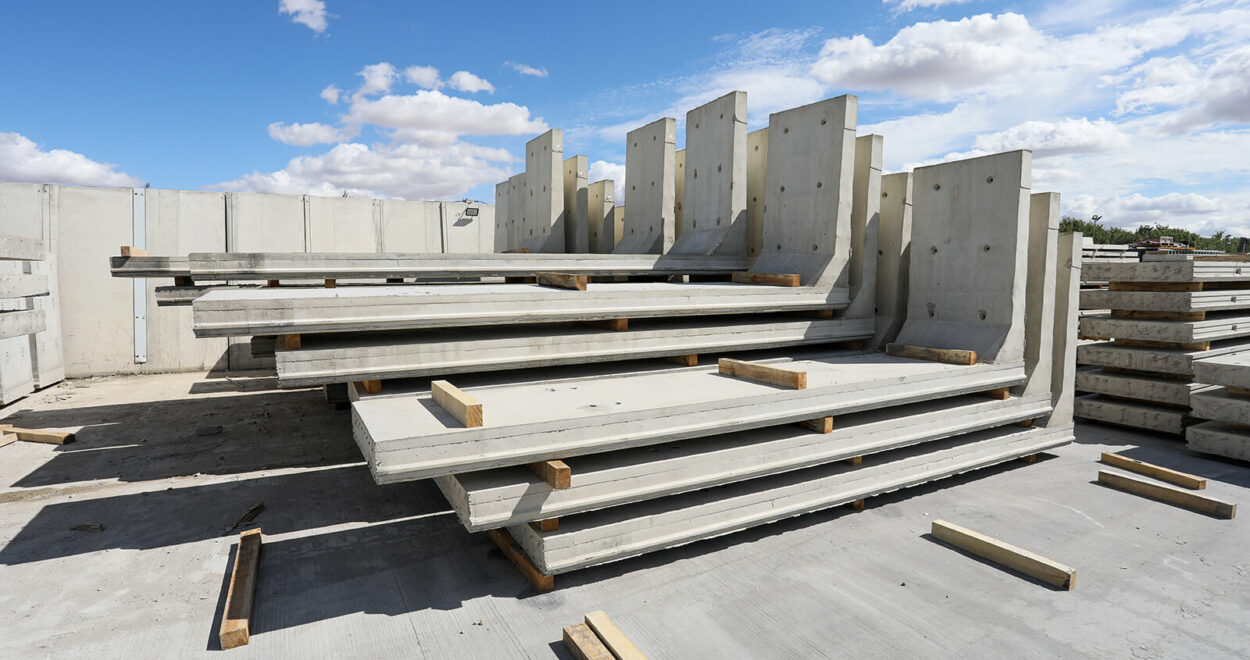
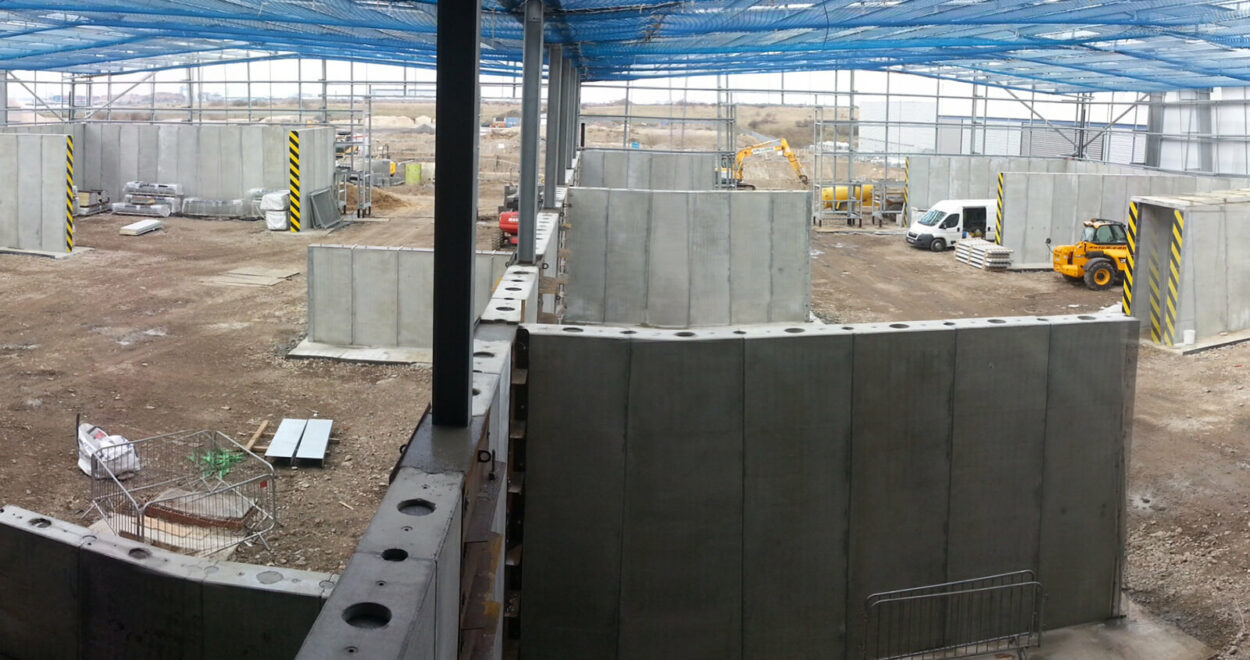
Shuttabloc
Poundfield’s unique Shuttabloc™ precast concrete retaining wall system with an internal reinforcing system, has been designed to provide a faster, more economical alternative to casting in-situ.
It is the heaviest-duty system we offer and is extremely popular where day-to-day demand on the walls is severe, and where a permanent long-term storage system is required.
Available in 4 heights from 3m to 6m in height, the units incorporate a hollow core which, when in position, is then filled with concrete. The units are supplied with reinforcement in the footings, which allow the units to be secured into the base.
Advantages of Shuttabloc for waste and recycling sites
- Heavy-duty solution
- Up to 50% reduction in build time compared with in-situ wall
- Can withstand impact and retain severe loads
- Permanent storage solution – cannot be moved once in position.
We are able to incorporate wear plates within each Shuttablock unit, which works to protect the base of the units. These plates can be replaced if severely damaged, which is a cheaper option than having to replace the whole unit.
L-Blocs
The L-Bloc retaining wall is an interlocking L-shaped wall with a unique tongue and groove system. The units are designed to accommodate loading from either side of the wall. They have a protruding toe, but if used to create bays, these can be positioned on the outside of the storage area to enable easy loading and unloading of waste. The units are typically bolted down to the base to produce a solid wall.
Designed in accordance with BS8110 (Parts 1&2) ‘L’ blocs above 2.4m have a prestressed concrete stem. This offers the advantage of a much lighter unit than a conventionally reinforced ‘L’ shaped wall, with the added benefits of reduced transport and installation costs.
Advantages of L-Blocs
- Easy installation
- Can be loaded on both sides
- Can be bolted down to provide a permanent solution
- Can reposition walls if requirements change
Concrete panels
Precast concrete panels are available in a range of lengths and thicknesses and contain reinforcement which has been prestressed to deal with the loads experienced on them. The panels are often inserted into steel columns within a building or outside to construct a bay, and the panels can be stacked on top of each other to achieve the desired height.
The wall panels transmit the horizontal load to the supporting structure which consequently transmits this load to the foundation, which in turn transmits this load to the ground. Hence, the wall essentially shares the building’s foundation. When considering this as an option, it is important to check that the structure and the foundation of the floor are suitable.
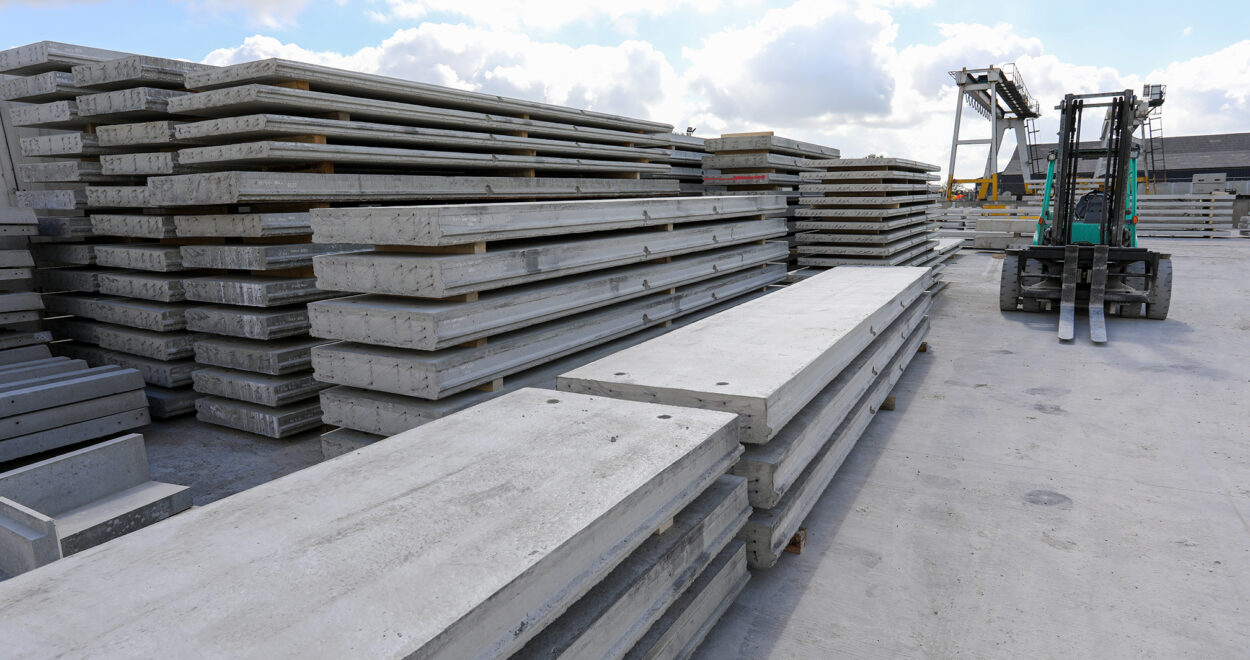
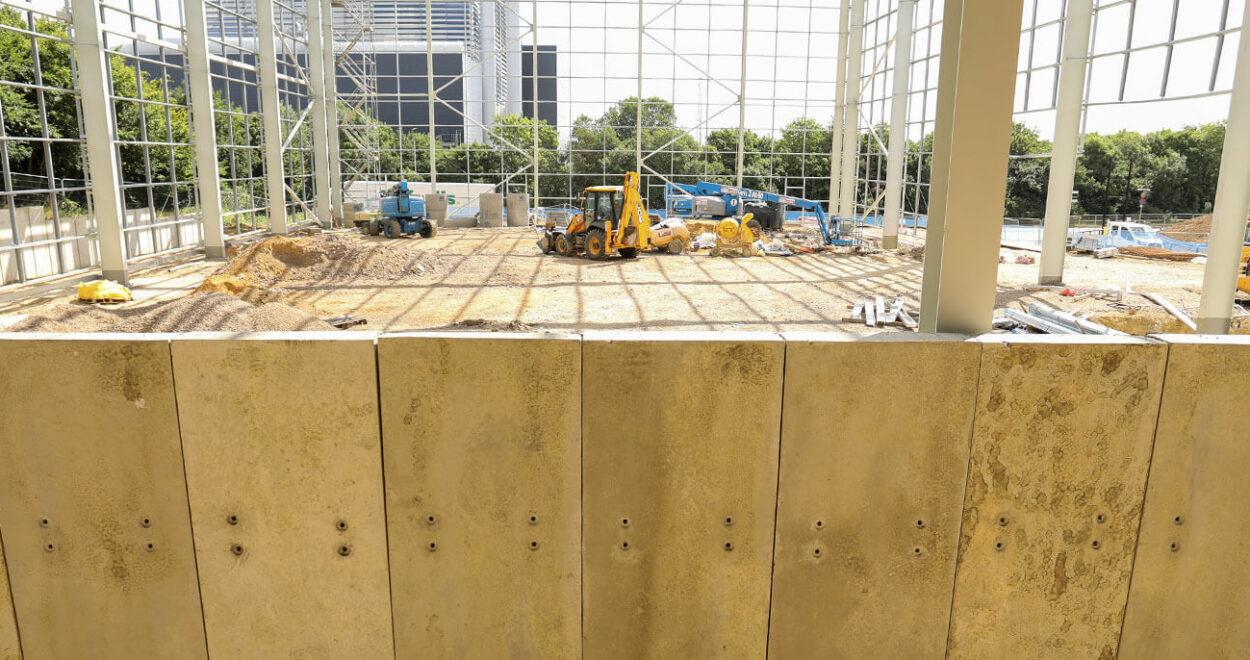
Get in touch with our waste and recycling experts
Poundfield Precast offer a range of systems for the waste and recycling industry. For advice on which system may be best suited to your own requirements, do get in touch with our retaining walls department at 01449 723150 or email [email protected]. We offer both a supply only, and supply-and-install service depending upon what you need.
Useful information on containment wall safety can be found in the Formal Guidance Document produced by WISH (Waste Industry Safety and Health Forum).
Get in touch